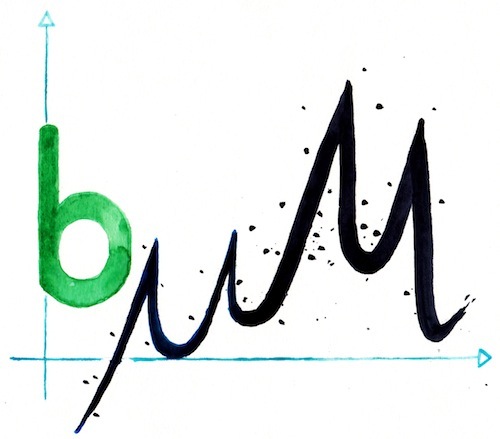Talk, 8. BIOMET, Dresden: 2014-12-02 - 2014-12-03
Abstract:
Very often the lowest atmospheric layer near the surface, with a thickness up to about one meter, is decoupled from the layers above. This results from the friction at the surface or the presence of stable stratification close to the ground. This phenomenon has been not only found above water and ice surfaces, but also above the forest floor. Examples will be shown for the Waldstein-Weidenbrunnen site. Consequences are very high carbon dioxide and nitrogen oxide concentrations close to the ground. There is no mixing with the air in the upper part of the trunk space. NO accumulates in the decoupled layer close to the surface as ozone is depleted quite fast by chemical reactions and transport is limited between the layers. Because of the very shallow volume (some centimeter thickness) close to the floor, carbon dioxide flux from the soil is limited by the high concentration in the atmospheric layer above the soil. This phenomenon, which is very typical in the first half of the night when typical turbulent events like “low level jets” or “coherent structures” are absent, has a significant influence on measuring methods and the calculation of air advection and the storage term in the forest.

